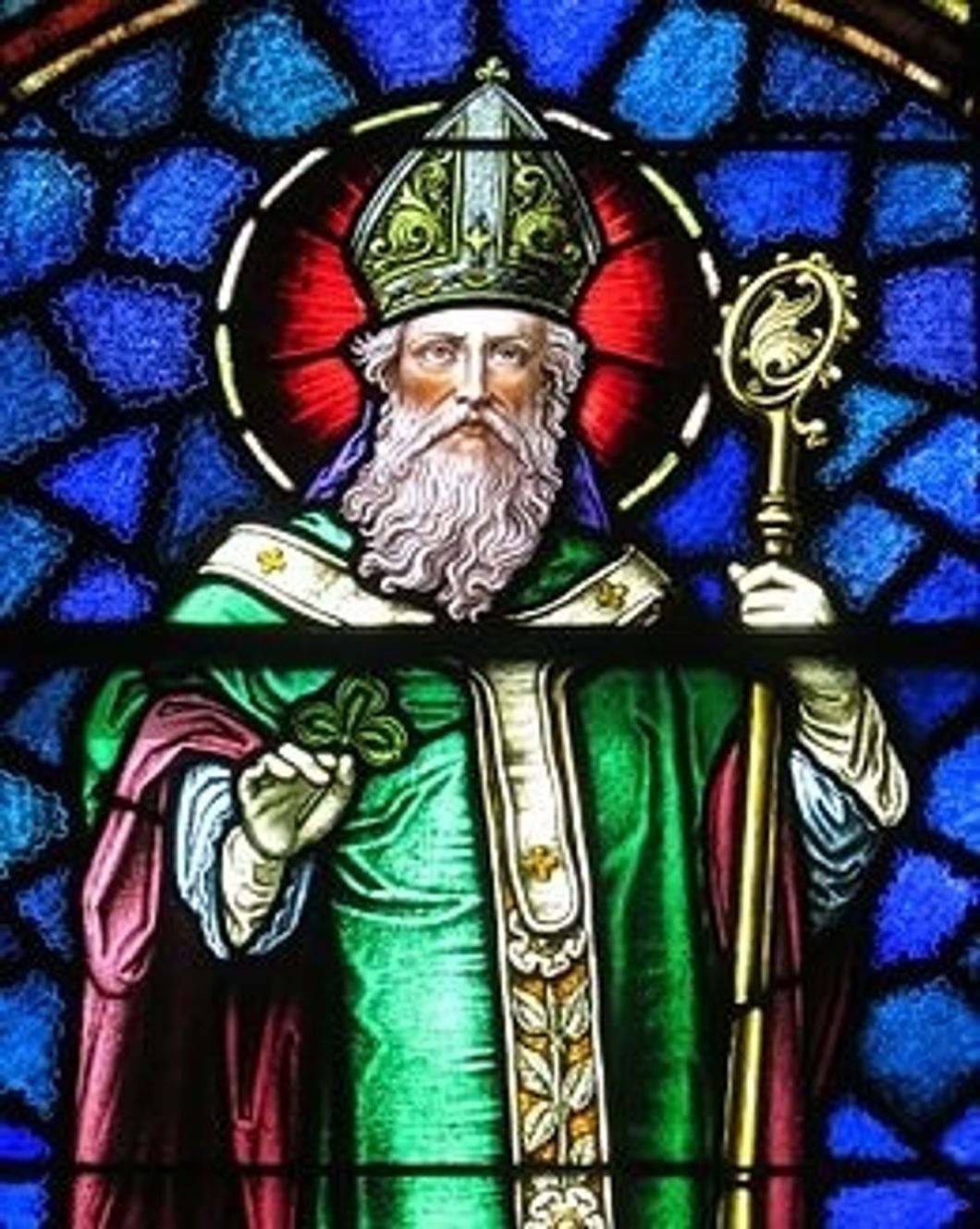I'm from Quincy, Massachusetts (right near Boston), and I go to school in New York City. Neither place is exactly notable for a lack of Irish-Americans. I feel pretty at home with that, since I'm half-Irish and proud of it, and St. Patrick's Day is, of course, a very big deal. This semester I'm studying abroad in Buenos Aires, Argentina. Mention Buenos Aires to a lot of people, and "Irish" will perhaps not be the first thing to come to their mind. There's more of a connection than you might think, though. In fact, "connection" is a bit of an understatement. This past St. Patrick's Day, without expecting it at all, I walked into a celebration that might have come right out of Boston or NYC, complete with step dancing, live music, food and crafts stands, an address from the Irish ambassador, and a parade complete with the presidential guard and the navy. Who knew?
Actually, I've known since I was little that Irish people have spread all over the world, to such an extent that there are more Irish people outside of Ireland than there are in Ireland. Never having been out of the U.S. before coming to Argentina this past February, I naturally assumed that the mania for Irishness back home is unique. The party I ran into proved me wrong.
Argentina, actually, has powerful links to Ireland. When Argentine had just been born as its own country, the Father of the Argentine Navy ended up being an Irish expatriate: Guillermo Brown. (Hence the navy marching in the parade. I even saw someone in the crowd dressed up as good old Guillermo.) The Irish-Argentine Association bears his name. His tomb in the landmark Recoleta cemetery is even painted green. A little while ago I went into a church in the city and was surprised to see a statue of Our Lady of Knock, Queen of Ireland. I even saw a book in my host university's bookstore dealing with the Argentine connection to Irish independence. Irish heritage here is not just people going along with "everyone is Irish on St. Patrick's Day". Irish-Argentines, to the surprise of my U.S.-centered mind, are legitimately an entity in their own right. The Irish presence here has everything to do with the history of modern Ireland and of the world around it. The U.S., as I'll readily admit, may indeed be the greatest thing since sliced bread, but that doesn't mean that all of its experiences are unique.
I walked away from that St. Patrick's Day celebration dazzled, both by the exuberance of the celebration and by the wholesale opening of my horizons. I feel, now reflecting on it all, that I stumbled onto exactly what I've been hoping to find in switching hemispheres: I can now look at my own past experiences through a whole new lens, and I can use that new lens to enrich my present and future as well.
One last comment about running into St. Patrick's Day-mania in the Paris of South America. Buenos Aires has earned a reputation for being an extremely diverse city, full of different cultures, nourished by immigrants, and exhibiting the influence of many different countries. (In fact, the day before St. Patrick's Day, I went to an international food fair in the same area on Avenida de Mayo.) All of this makes it understandable in hindsight that the city would have such an exuberant Irish population. The celebration I ran into was feet away from the Metropolitan Cathedral (where the Liberator of Argentina, Chile, and Peru is buried) and the Casa Rosada, next to the Plaza de Mayo, the most important part of the city, indelibly marked by its Spanish founding and subsequent fight for independence. The party was right next to Bolívar Street. This corner of Spanish-Irish (and French-Italian) South America is one manifestation of what (in a nutshell) can be the most beautiful aspect of globalization. St. Patrick, we can see in his "Confessio", was very moved by the impression that, in evangelizing Ireland, he had brought the Gospel to the ends of the earth. Well, of course, Ireland isn't really the end of the world, but you could say that Argentina is. (The Pope, for example, has said so, and one of the products in the souvenir shop in my apartment building references that). St. Patrick's dearly-held dream, in a way that would have been inconceivable in his own time period, has come to fruition in its own beautiful way, in our own beautiful time period, in many different beautiful parts of the world.









































